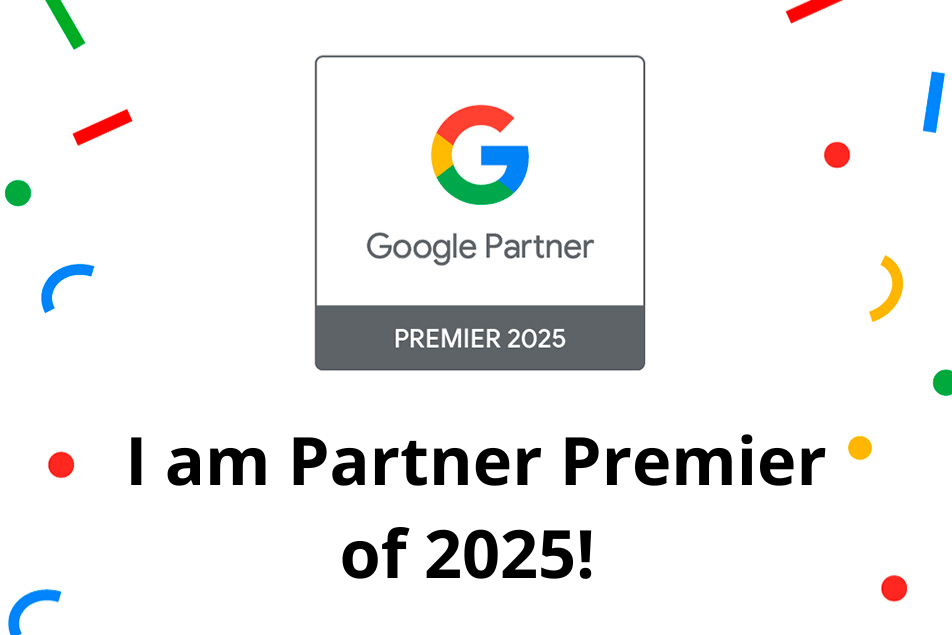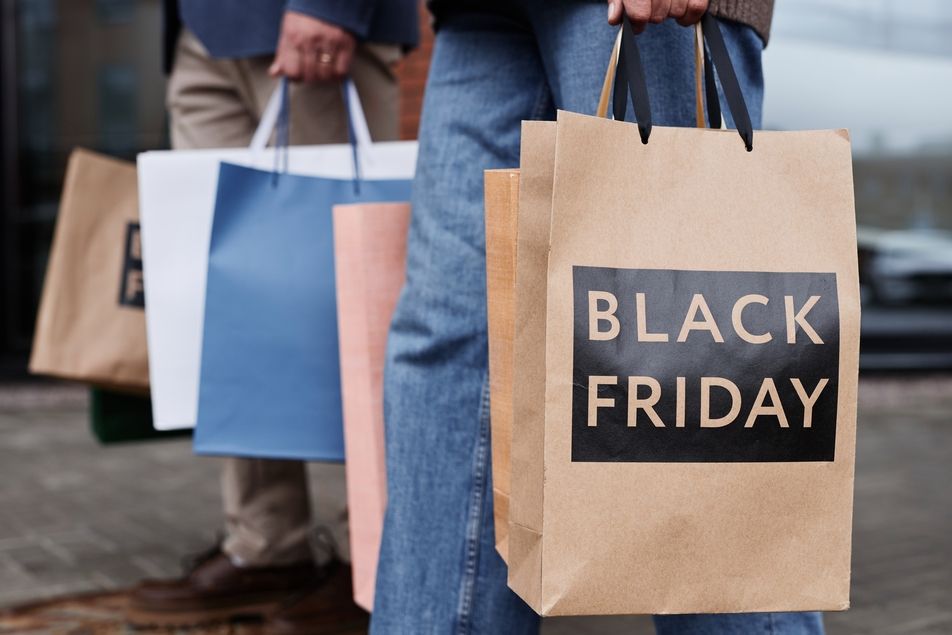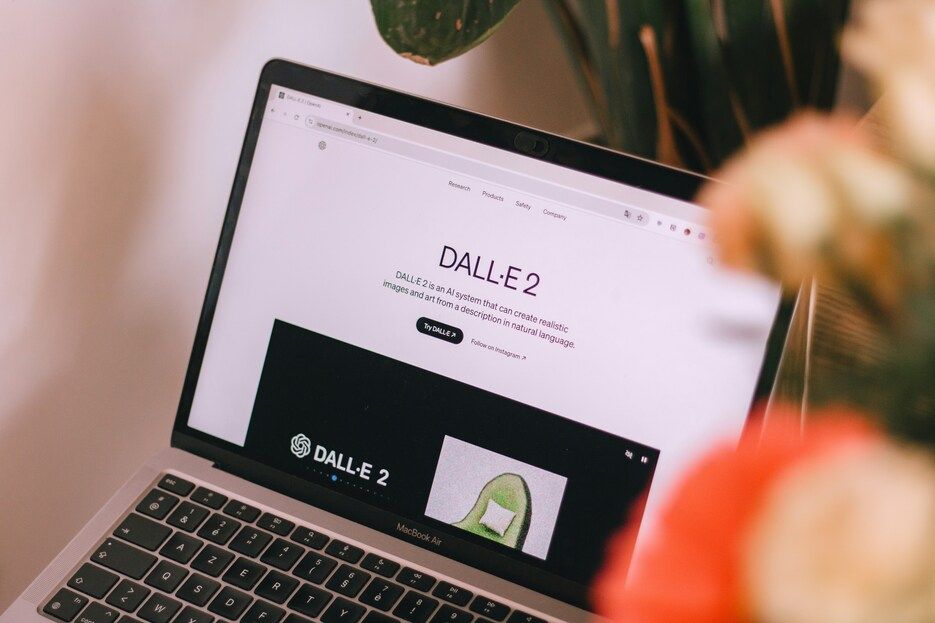
Redegal, Google Partner Premier agency 2025
RDG 7.90 €
Black Friday marks the grand finale of the year’s sales. Prepare your e-commerce site with a strong SEO strategy to attract customers, outshine the competition, and boost your conversions. Here are the tips you need to create that SEO strategy for Black Friday.

By focusing on SEO for Black Friday, your online store can drive higher sales and increase revenue. This campaign isn’t just a day of massive sales, but also the grand finale of the year-round shopping season, along with Cyber Monday . It can even extend from just Friday to the entire week (Black Week) or month (Black Month).
The key is to plan ahead and build organic visibility in advance so you are ready for the big day. Think of it as a preseason for a top team. Train well beforehand, and when the event arrives, you will have a strategy in place and a stronger chance of success.
How can you prepare your brand’s website for Black Friday SEO? Here’s a guide with 11 key points to consider for your SEO strategy during this year’s Black Friday campaign. So your customers don’t have to search through thousands of options, because you’ll be the first to appear on their screens. In case you’re still not sure, when is Black Friday in 2025? It’ll be November 28th.
Black Friday is often associated with big marketing budgets. However, the real competitive advantage lies in SEO, as it gives you consistent organic visibility, attracts more qualified traffic, and boosts your long-term positioning.
Here are some SEO tips for Black Friday so that you can achieve better results this campaign and ensure that they last over time.
Not all e-commerce businesses can afford to run a Black Friday campaign based on massive discounts. For example, if you sell products without high seasonal demand, the effort may not be worth it. Ask yourself questions like:
One of the most common mistakes is creating a new URL for each Black Friday campaign and deleting the landing page at the end of the campaign. What impact does this have on your brand’s SEO? It means losing page authority and accumulated backlinks.
One practice we recommend is to use an evergreen URL and maintain the same URL year after year (for example: https://yourdomain.com/black-friday-offers) and update the content. Avoid URLs such as: https://yourdomain.com/black-friday-offers-portatiles-2025, since in this case the URL will still need to be changed with the change of year.
This way, the link stays active and you avoid starting from scratch every year. Plus, you can use that landing page during downtime to capture leads with a subscription form to notify them when offers begin.
SEO gains even more traction when integrated into an omnichannel strategy to boost overall results. For example, you can focus on the following channels:
If you’d like to learn more about creating an omnichannel strategy with SEO at its core, we’re here to offer you a personalised solution. Let’s talk!
RFM (Recency, Frequency, Monetary Value) analysis allows you to segment your customer base based on their purchasing behaviour . This business intelligence must be connected to your SEO strategy.
If your highest-value customers favour a specific product category, feature that category prominently on your Black Friday page to boost conversions.
Imagine that after analysing your database, you discover that your highest-value customer segment (those who spend the most and buy most frequently) show a clear preference for high-end gaming laptops.
In this case, your Black Friday page(s) should highlight this category in a prominent place. For example, by including a banner at the top or a featured products section at the beginning.
This way, you not only align your offer with what those customers want, but you also maximise conversion rates and increase campaign ROI.
Other examples for other audience groups could be:
In SEO, results aren’t immediate. Search engine algorithms require time to process and assess adjustments. Ideally, start at least three months before Black Friday. Or better yet (if possible), work on the strategy immediately after the previous campaign ends.
However, below is a timeline for developing your brand’s Black Friday SEO strategy:
Selecting products to promote should not be based on intuition, but on data. It’s a good idea to review:
Aligning your inventory with existing search demand is critical to maximising revenue. This ensures your catalog is tailored to what customers are searching for during those dates.
Your content should match what users are looking for. Achieving this requires carefully refining and aligning your page elements to meet both user intent and search engine expectations. Do your best:
Think of your website as a map: internal links are the signals that guide both Google and your users.
Extra tip: URLs should be descriptive, readable, and concise, incorporating the main keyword. The same goes for the anchor text used to link to them.
A common mistake is to use only generic keywords. Ideally, you should:
Fast loading times are essential for search performance and conversion rates, and this is addressed within technical SEO . It’s necessary to use tools like Google PageSpeed Insights to diagnose and correct what’s slowing down your page speed. Google itself has a manual on the correct loading times for your website’s performance.
Additionally, many purchases will be made via mobile phone. Make sure your website looks and works perfectly on any screen. If navigation isn’t intuitive, they’ll go to another store.
In 2025, one of the channels gaining increasing importance is AI-powered searches. It’s essential to adapt your SEO strategy to achieve recommended results for various user queries in AI-powered searches, such as AIO overviews, Chatgpt, Claude, and Copilot, among others.
SEO is a game of timing and consistency. Preparing your SEO strategy for Black Friday is a strategic necessity for four key reasons:
If you haven’t started your SEO strategy for Black Friday yet, we’re here to help. Our SEO team can create and implement the tailored action plan your ecommerce business needs to achieve maximum results during the year’s most important campaign. Shall we talk?
You may be interested in our latest posts

Redegal, Google Partner Premier agency 2025

New browser: Chat GPT Atlas. Will it dethrone Google Chrome? Spoiler: No

Google AI Mode: What it is, how to use it effectively, and how your traffic will be measured

Why your website speed matters and how to make it faster?
Discover the best digital strategies for your brand
Hi!
We are looking forward to hearing more about your digital business.
Tell us... What do you need?
Fill in the form or call us at (+44) 2037691249